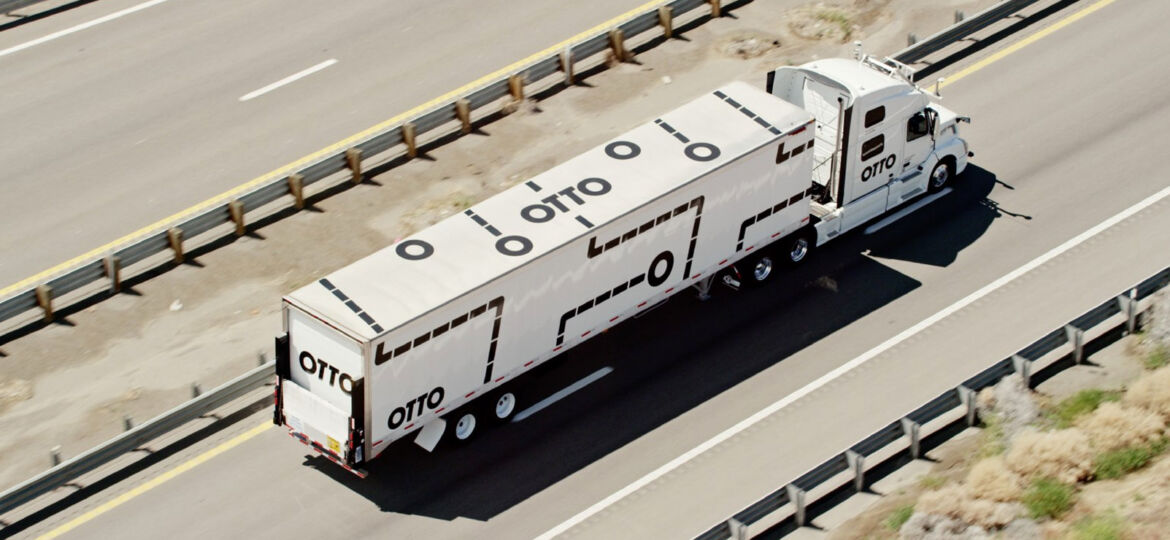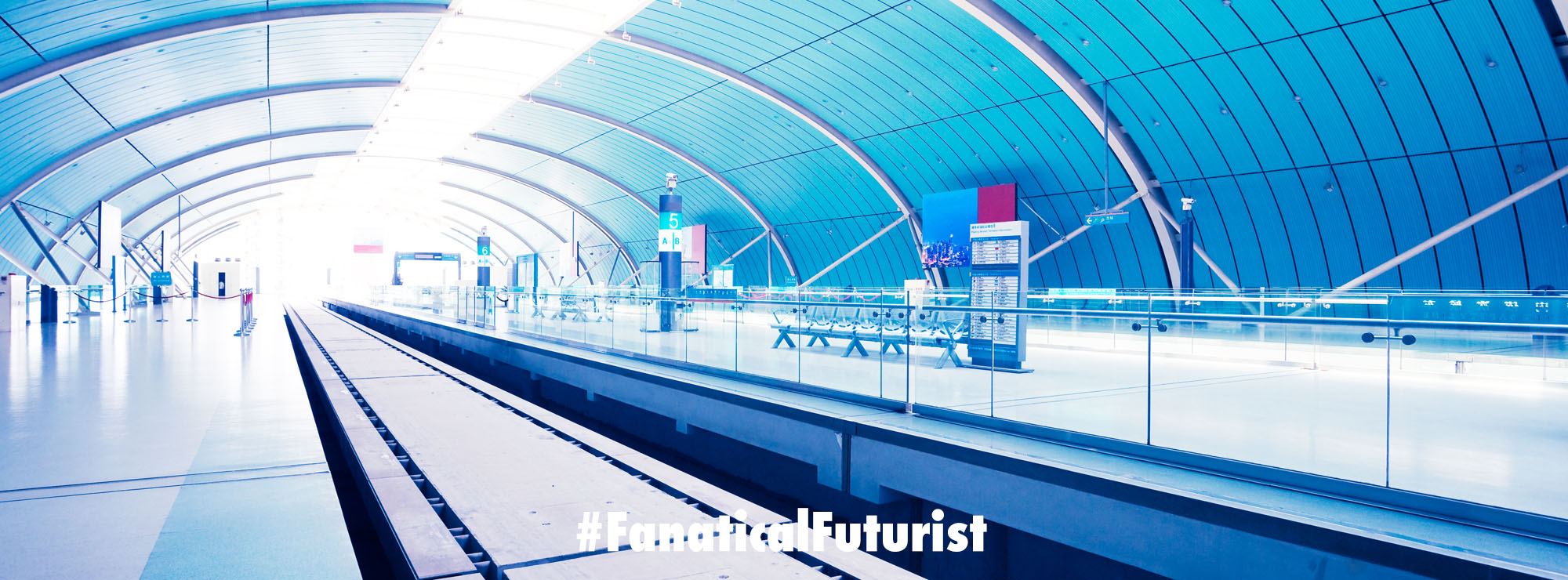
WHY THIS MATTERS IN BRIEF
New technologies are hitting the roads faster than expected, self-driving trucks which many analysts said were years, if not decades away, now need to re-write those reports and tens of millions of people who rely on the industry need to re-evaluate their futures.
A truck is a means to get cargo from point A to point B. A truck is a home, a job, a frequent guest in small towns that straddle highways, a way of life, and the beating heart of several supporting industries, all designed to keep the truck and its human pilot running. A truck is expenses, a breakable machine controlled by a fallible human, subject to labor laws and rules about interstate commerce. A truck is all of those things, and it may soon be a robot, too.
Quietly, on Monday night Uber unveiled Uber Freight and all that the company’s minimalist website shows is an logo-less 18 wheel truck rolling down a highway and visitors can select whether they’re a shipper or a carrier. Oddly enough for Uber, there doesn’t seem to be any reference to Otto, the self-driving truck company that they bought earlier this year for $600 million and whose trucks, complete with Tron like motifs they’ve been busy pushing in everyones faces – including the regulators.
Uber Freight, or Otto as everyone still knows it, autonomously delivered its first consignment of cargo, a truck full of Budweiser, in October after the truck drove over 250 miles without any human intervention
“It’s like a train on software rails,” said Anthony Levandowski, co-founder of Otto at the time, “when you see a vehicle with nobody in it, you know it’s very unlikely to get in a collision.”
For now Uber plans to keep humans in its trucks, and sees trucking as a growth industry. So far regulators have kept humans in the driver’s seat in Uber’s self-driving cars in Pittsburgh and San Francisco and it’s likely that the regulators will still require certified commercial vehicle operators in self-driving trucks for years t come. But one day, a regulator somewhere in the world will drop that requirement and then the only question that’s going to be left will be – what do truck drivers do next?
Some people have suggested that some companies will still retain some truck drivers and task them with monitoring convoys of self-driving trucks, whether that’s from a cab or an operations center, while others have suggested that truck drivers will become glorified administrators, doing paperwork and answering calls or even security guards who protect the convoys against Vin Diesel’s Fast and the Furious truck hijacking crew of banditos. But in the meantime, while the switch is being made it’s likely that there will be more demand for human drivers who are familiar with self-driving trucks and human engineers to design them.
After that though the 1.5 million truck drivers and the 9 million people who work in industries and establishments that support and service trucks and truck drivers for their livelihoods will face an uncertain future. After all, robo trucks don’t stop for sandwiches.
Self-driving promise safety and efficiency, a fact that isn’t lost on families who’ve lost loved ones in accidents, and they threaten the economies that rely on shipping but if done gracefully, and with careful thought, there’s a chance it could transform outdated jobs into new ones, but what those jobs end up being and how many there are is still the million dollar question.















